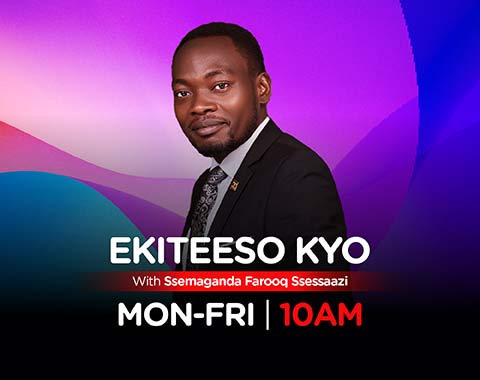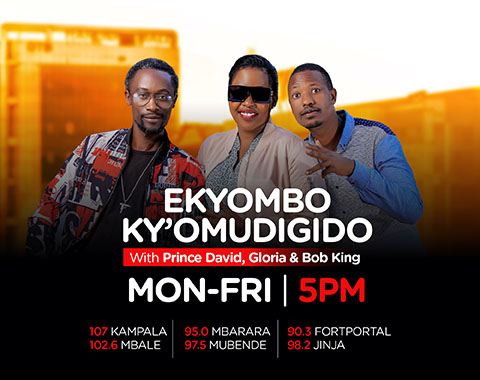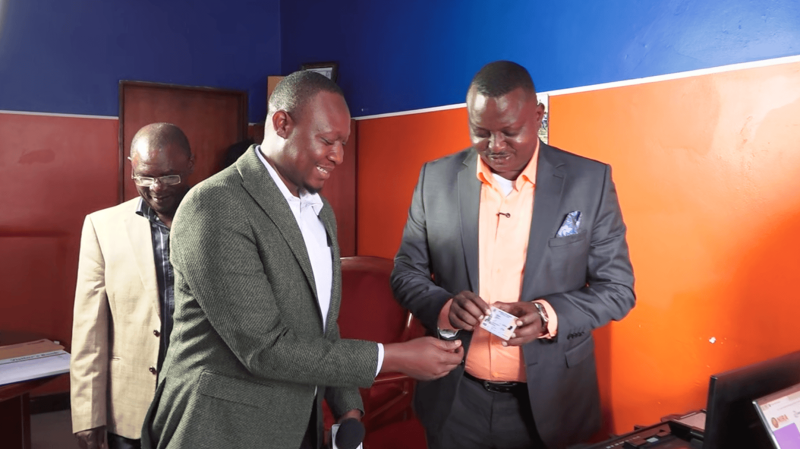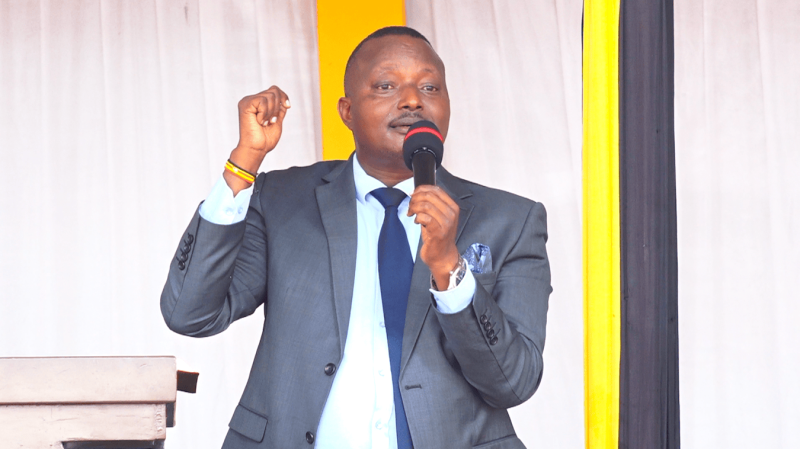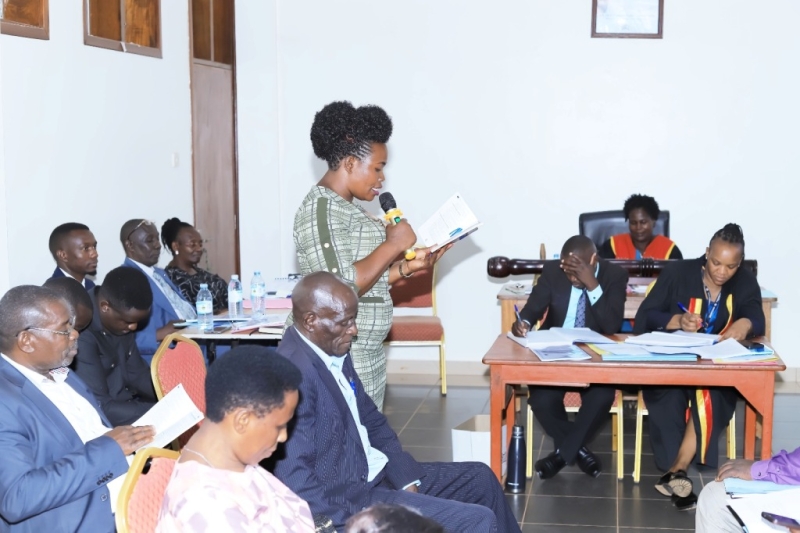At least eight people have been killed and 400 injured as thousands took to the streets in a day of protests across Kenya against President William Ruto's government.
Police clashed with protesters in the capital Nairobi and other cities exactly a year on from the wave of deadly anti-government demonstrations that hit the nation in 2024.
Many of those demonstrating chanted "Ruto must go" and waved branches as a symbol of peaceful opposition to his rule.
The government banned live TV and radio coverage of the protests, but its decree was overturned by the High Court in the capital, Nairobi
Ruto urged protesters not to threaten peace and stability, as crowds tried to reach his official residence but were pushed back by police.
"Protests should not be to destroy peace in Kenya. We do not have another country to go to when things go wrong. It is our responsibility to keep our country safe," he said.
His absence from State House, his official residence, was notable as young protesters threatened to storm it.
Police used barricades and razor wire to seal off major roads - especially those leading to the State House and parliament.
The authorities have not yet given any casualty figures from Wednesday's protests, but the Kenya Medical Association, Law Society of Kenya and the Police Reforms Working Group said in a joint statement that at least eight protesters were killed.
Of the 400 injured, 83 required "specialised treatment" and eight had suffered gunshot wounds. The injured included three police officers, the statement added.
A human rights group - Amnesty Kenya - put the death toll as high as 16.
In Nairobi, video footage showed plumes of white tear gas drifting between buildings, sending protesters scrambling for cover, coughing, and shielding their eyes.
In the heart of the city, protesters marched past shuttered shops and empty streets.
The fence around parliament was lined with wreaths and handwritten notes from grieving families and defiant youths - a reminder of last year's unrest at the site.



